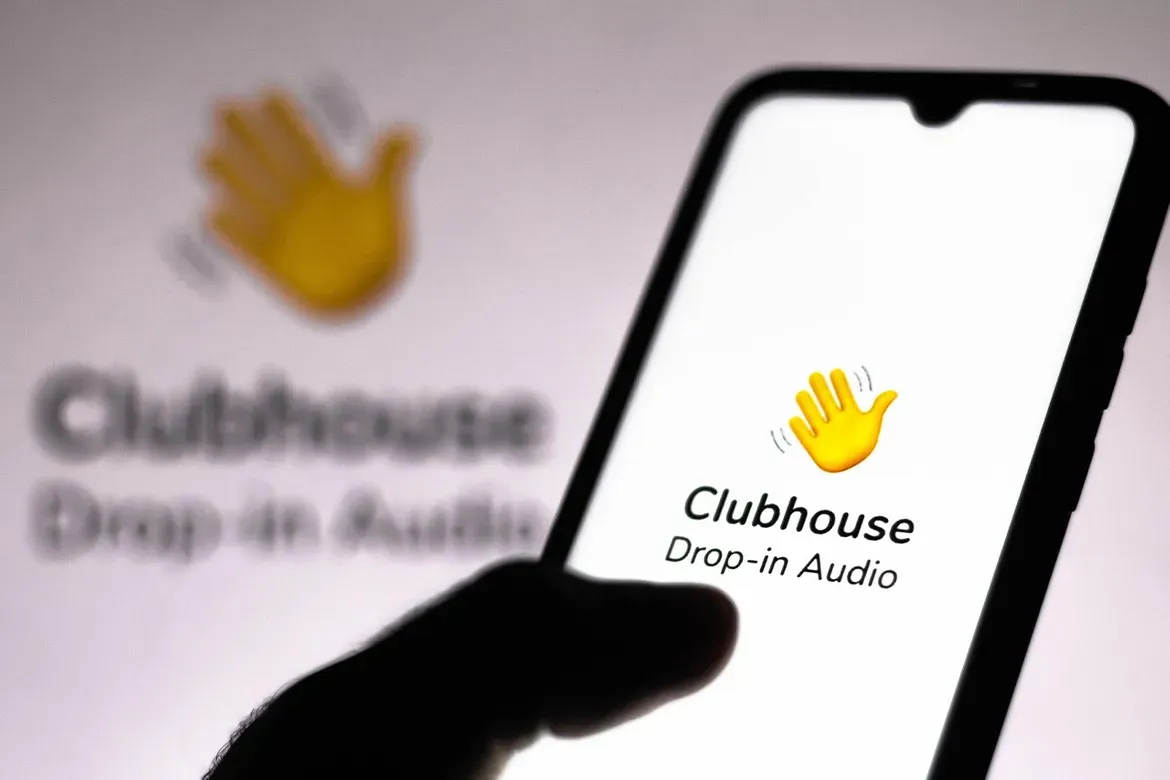“If I get you to cry, will you buy my tissues?” – Tissue Company
How companies such as Coca-Cola are applying Neuromarketing.
The decision-making process of purchasing has been proven repeatedly to be more than a rational path.
Homo Sapiens are also Motus Sapiens and most decisions made by humans are largely emotion-based.
To better understand this topic, we define “Emotions”:
Google states that emotions are “[a] strong feeling deriving from one’s circumstances, mood, or relationships with others.” So, there needs to be an external stimulus that triggers our brains, resulting in a reaction mainly regulated by the amygdala (this in a more biological perspective).
This subject is being thoroughly explored by renowned Marketers specializing in Neuromarketing, “[a] field […] —sometimes known as consumer neuroscience—[that] studies the brain to predict and potentially even manipulate consumer behavior and decision-making.” – Eben Harrell, senior editor at Harvard Business Review.
With the help of this relatively new science, brands, such as Google, Coca-Cola and Mars, have been doing some experiments, revolutionizing their products’ and services’ market researches. Coca-Cola, for instance, started using “Facial Coding” to gauge their consumer’s emotions”, Roger Dooley collaborator at Forbes magazine tells, measuring, like this, their consumer’s subconscious preferences in relation to the ads placed in front of them during the experiment.
Other than this, there also other common practices being applied in the context of Neuromarketing, such as Eye-Tracking, Brain Imaging, Galvanic Skin Response or Heart Rate Measurement to carry out studies on the consumer’s triggered feelings by the demonstrated product or service being researched.
Although the application of these new market research trends make sense to some extent, there are various justified counter-arguments questioning the resort to such science. Firstly, it may be apprehended as a rather intrusive research methodology and secondly it is exceedingly costly to perform such experiments.
All in all, Neuromarketing-tools may come very handy when deciding what type of emotion and appeal an advertisement campaign should manifest on its viewers: For example, a video campaign potentiating the reaction of crying on its viewers and ending the video with the question: “Now, wouldn’t our tissues come in handy?” could make consumers feel engaged and persuaded to buy tissues, due to the emotions being triggered throughout the visualization of the video. Nonetheless, companies need to leverage the returns of such investments considering the financial resources implied in the process.
Vice-President @ NMC
19 June 2019
Sources:
https://www.bitbrain.com/blog/companies-neuromarketing
https://hbr.org/2019/01/neuromarketing-what-you-need-to-know https://optinmonster.com/emotional-intelligence-in-marketing/
https://digitalmarketinginstitute.com/en-eu/blog/6-emotionally-intelligent-components-digital-marketing
https://marketing-samurai.com/how-marketers-use-emotional-intelligence-to-improve-their-content/
https://www.entrepreneur.com/article/246390


